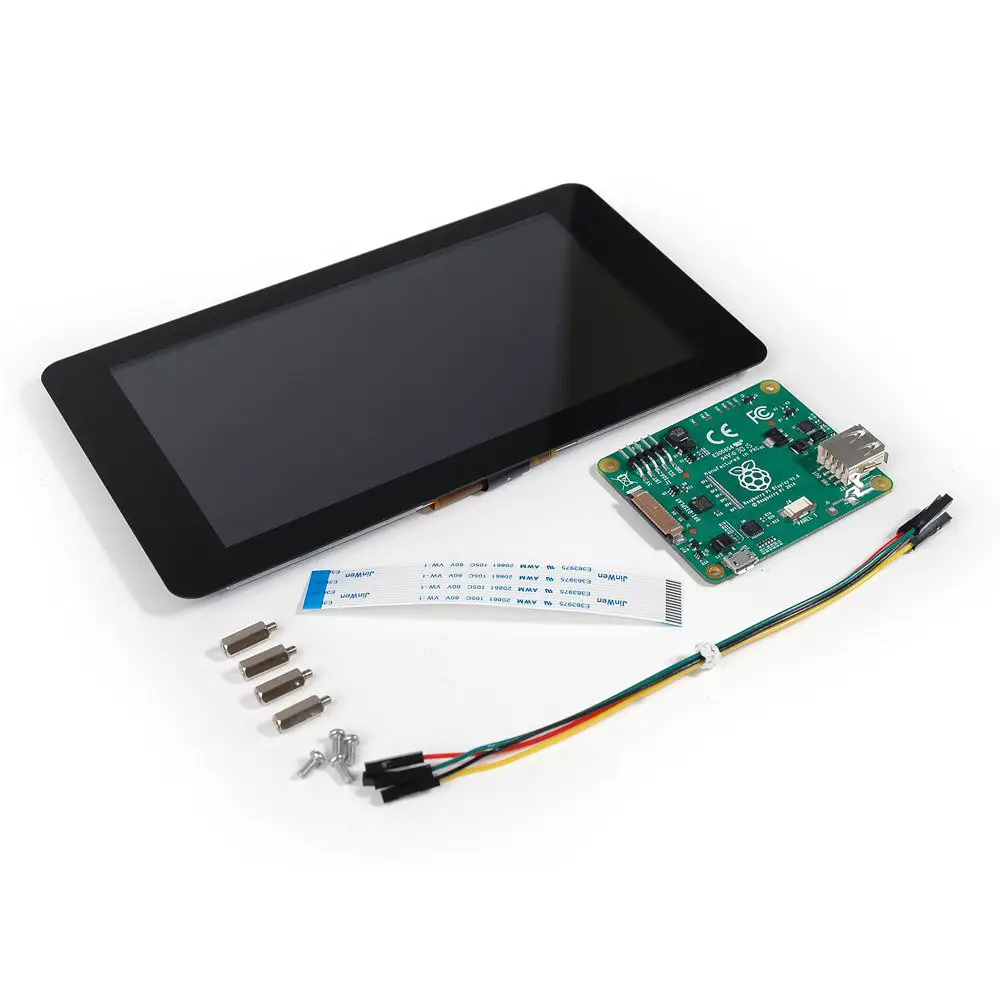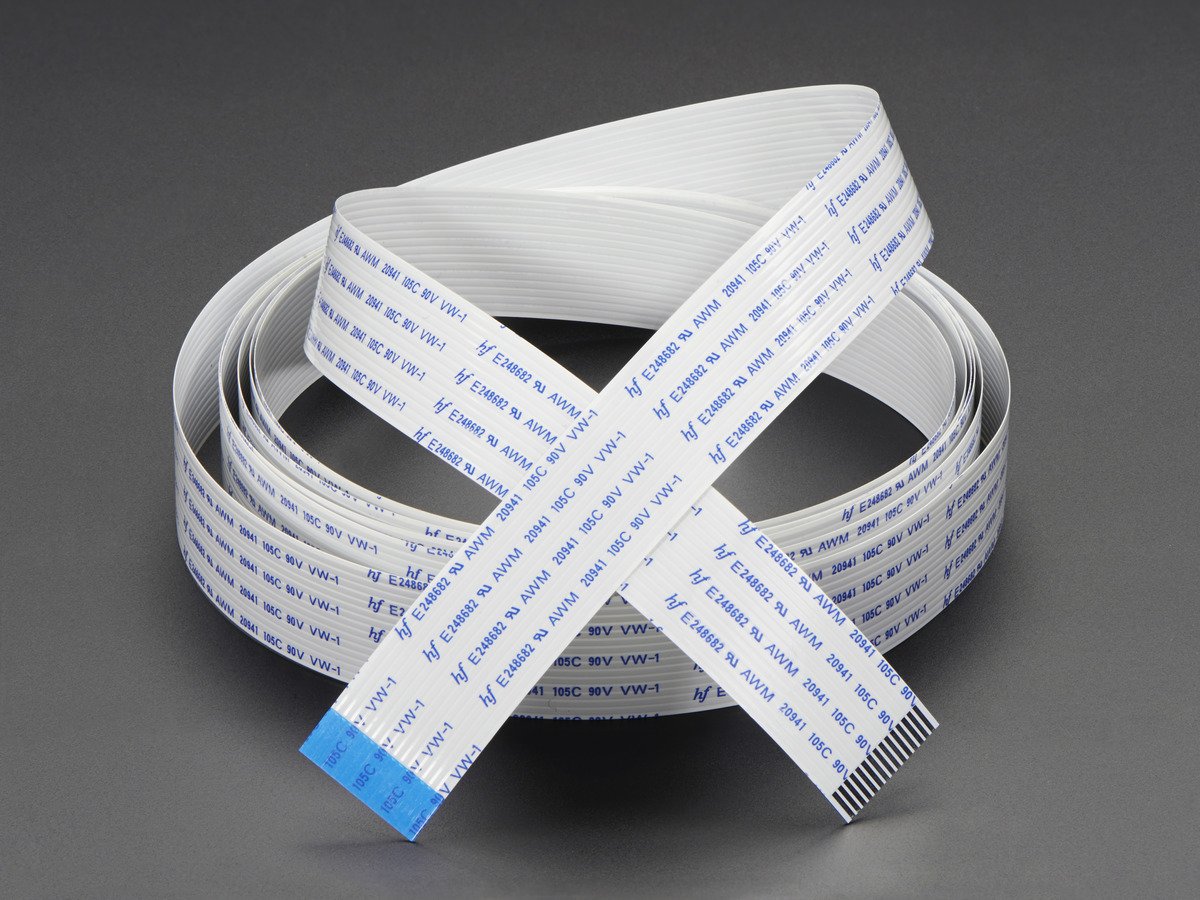Pages with tag Infrared Photography
- Build an inexpensive spectrometer, and an inexpensive IR video camera, using a Raspberry Pi
- DIY Convert Canon SX530 to full spectrum and infrared photography
- DIY Convert Lumix DMC-ZS3 for infrared or full spectrum photography
- Editing infrared photos with Graphic Converter, Gimp and the like
- How to convert a cheap digital camera into a night vision camera
- How to detect if your camera can see infrared light
- Shooting infrared photography at night, or by moonlight
- The history of infrared photography
- What is infrared photography, and what is it used for









